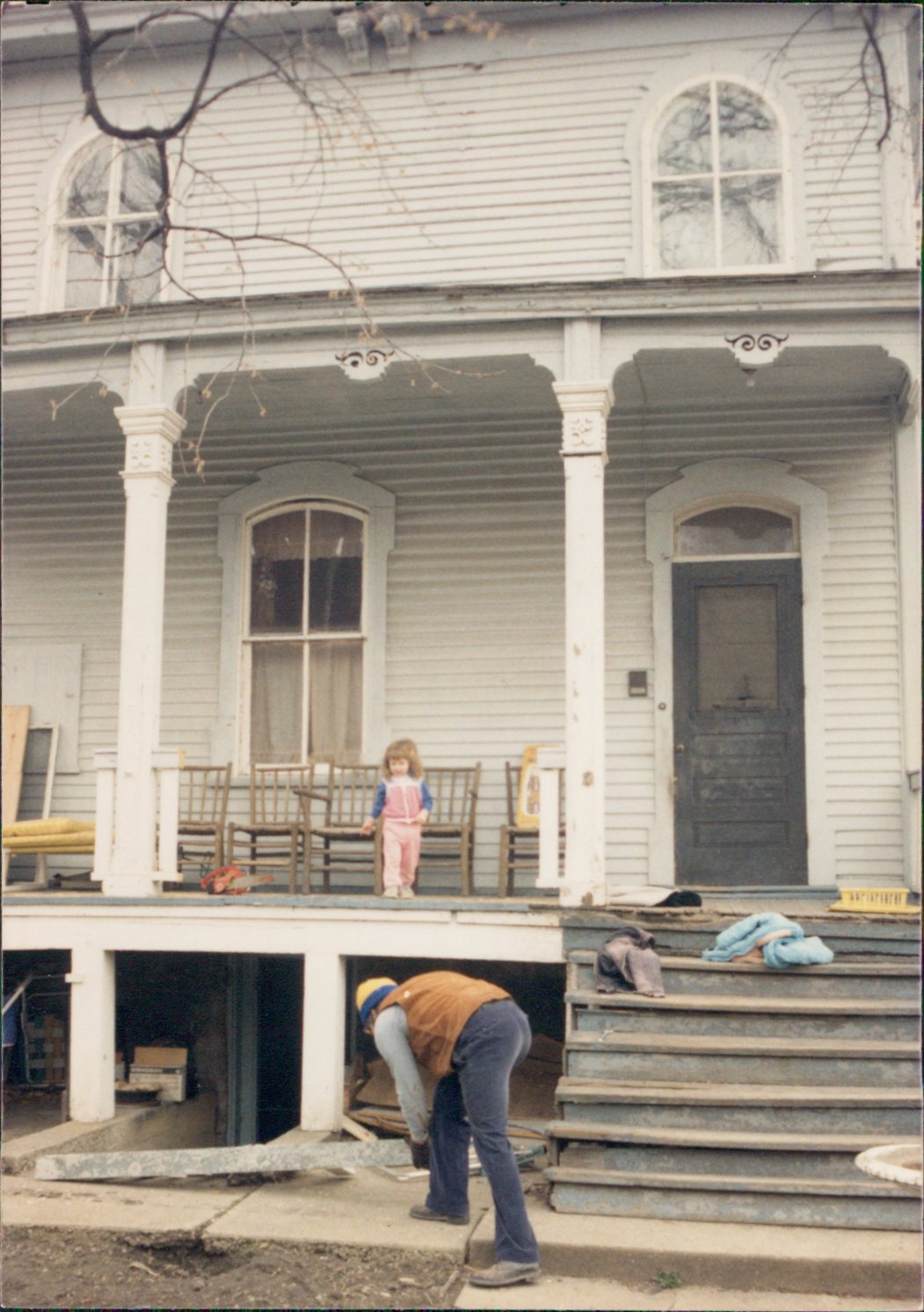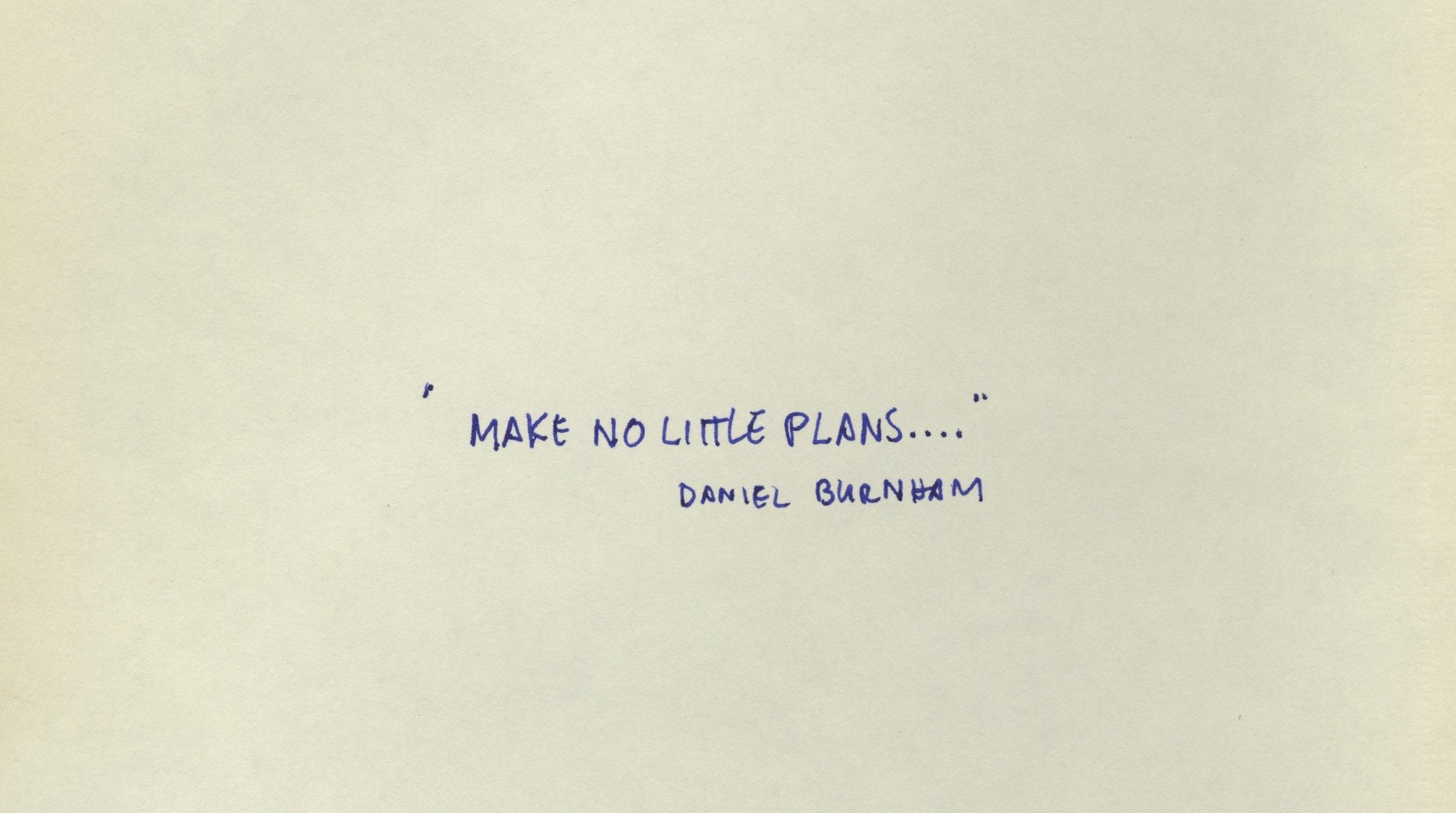
A memoir about an unusual childhood shaped by an extraordinary place
Decades before HGTV and Instagram started selling sanitized storybook tales about fixer uppers, my parents purchased a cheap old crumbling mansion.
The stately Second Empire home had once been the gem of Riverside, Illinois, the national historic landmark village where I grew up. With a few years of sweat equity, my parents believed they could restore the 6,000-square-foot home to its original grandeur. Our house would be the talk of the town if they could pull it off. I was born two years later.
My memoir is a coming of age story about an unusual childhood shaped by an extraordinary place. While my opulent Victorian backdrop makes for a rich playground, the house will strain my family’s financial resources, relationships, and sense of reality. My connection to the outside world constricts as my father’s erratic behavior creates chaos at home.
At its core, my story is about growing up the child of a parent with mental illness. As my father oscillates between deep depression and hypomanic productivity, the home we live in becomes the manifestation of his mental illness. We do indeed become the talk of the town. Our crummy-looking house is spoiling their view. Riverside wants us out.
At the center of my memoir is a question: Can restoring our home make my family whole? Or will it break us beyond belief?
“Make no little plans. They have no magic to stir men's blood and probably will not themselves be realized. Make big plans, aim high in hope and work, remembering that a noble, logical diagram once recorded will never die.”
My father transcribed this quote by Daniel Burnham, Chicago’s most notable architect, on the opening page of his restoration notebook






